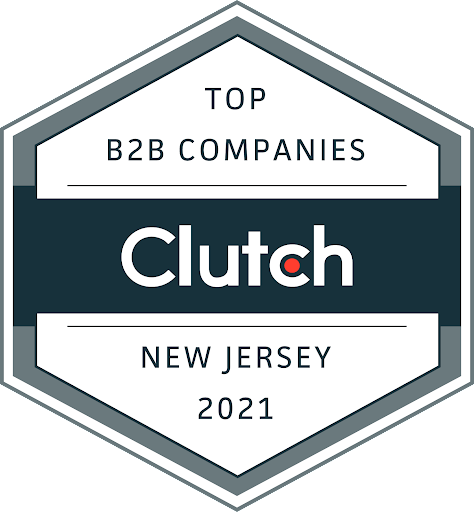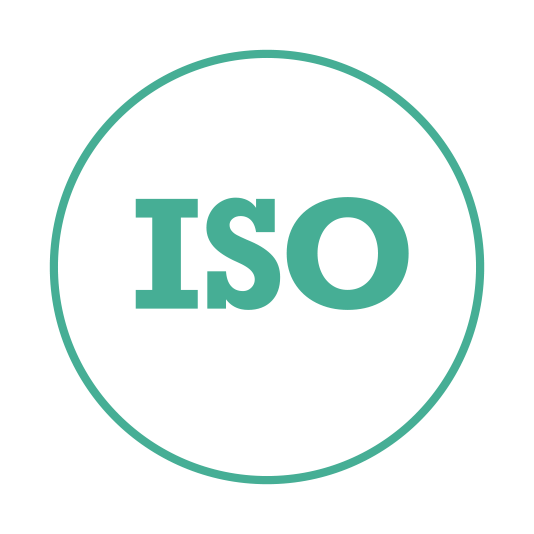Finding Creativity in Coding to Build Effective Web-Based Solutions for Clients
![]()
Written by: Nicole Hunt
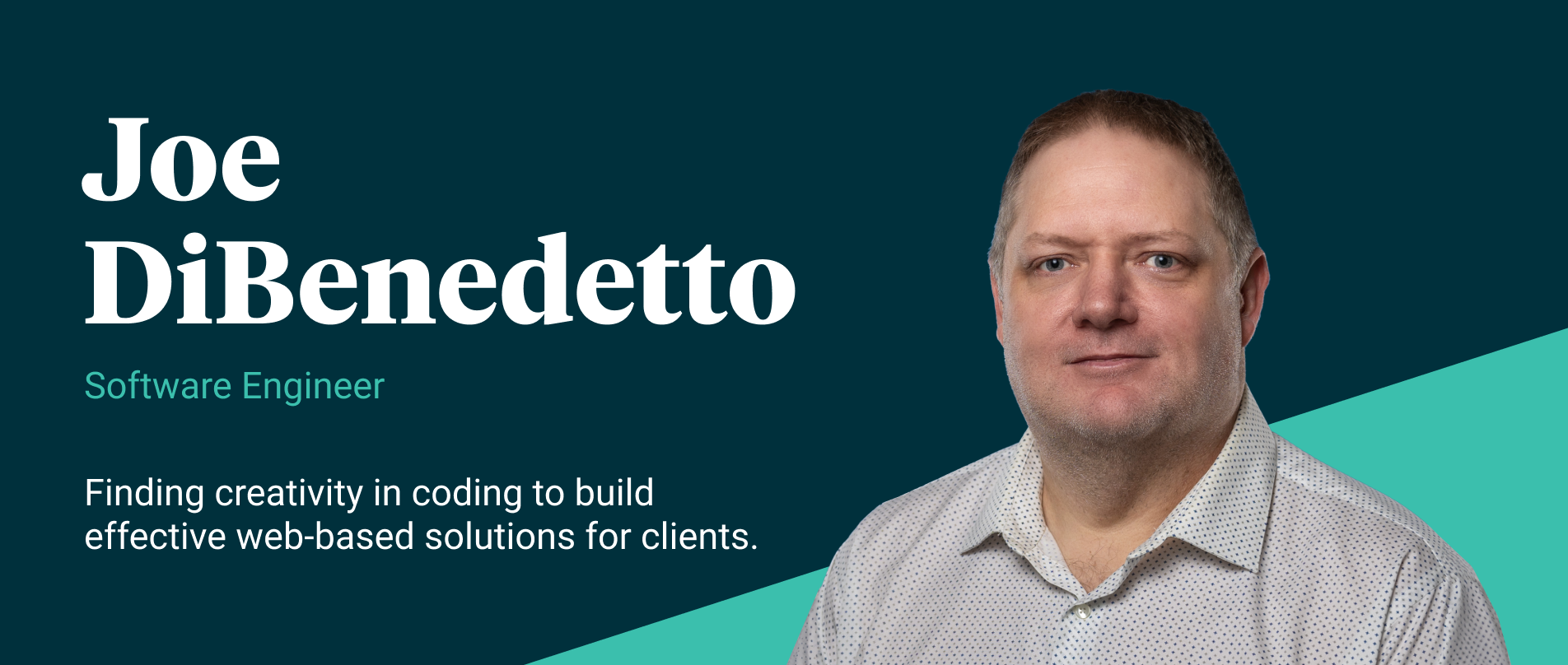
Today, we’re continuing our “Teammate Spotlight” series with Joe DiBenedetto, a talented Software Engineer at Urban Emu. From building accounting software to manage loans to his family (when he was 13) to moonlighting in development during his years with the Army, Joe has always enjoyed the creative side of software engineering. At Urban Emu, he embraces this creativity to find innovative and unexpected solutions for our clients.
Q. You’re a Software Engineer at Urban Emu. What does a typical day look like for you?
A. We have a development standup a couple of times per week where the dev team meets to review what we’re working on and discuss any issues we’re encountering. This gives everyone an insight into everything the team is currently handling and a chance to discuss what’s coming up. I’ll spend the rest of the day working on one or two specific tasks for a project or projects I’m assigned to. This is usually writing and testing code but can also include supporting other developers or having short meetings. In between, I have code reviews (where I’ll review and give feedback on another developer’s code), brainstorming sessions to troubleshoot coding problems, sprint planning sessions, and client demos.
Q. What are some standout projects you’ve worked on at Urban Emu?
A. I recently had the opportunity to work on a page for the FDIC’s 90th anniversary. It was a single, static page, so there weren’t a lot of considerations or time needed that usually come along with a multipage site with dynamic elements. This meant I could devote a lot of time to learning new animation skills which were a significant part of this project and still pretty new to me. We weren’t given any specific instructions on what should be animated or how it should be animated, so I was allowed to do whatever I wanted creatively for the animations. The final result was a dynamic web page that I’m very proud of.
Another incredible project I worked on recently was for a maintenance project – which means that the client already had a large website, and they hired us to keep it up to date. While working on back-end development, I noticed several thousand pages were missing a description, so the Google listing uwasn’t engaging. When I went in to add the description, I saw an opportunity for a page schema to enable Rich Search Results that would expose cover photos, ratings, prices, and other information to search engines to use in their listings. A few months later, the client reported a problem with their analytics; the numbers were way too high, and something must be wrong. After a bit of troubleshooting, we found the numbers were correct. The change I made to the page schema for those pages significantly increased the overall site CTR (Click-through rate) and the updated pages saw their CTRs heavily increase as well!
Q. At what point in a project do you typically get involved?
A. I usually come in after the project managers and designers have met with the client and produced wireframes or initial designs. At that point, I work with the designers to discuss anything that isn’t clear or anything that just needs more explaining. I will sometimes get involved a bit earlier if the designers or PMs have questions regarding the development of what the client wants. I love getting to work with the designers and hearing all their ideas. We have so much creativity and talent here, and it’s fun to see it in action.
Q. How did you get started in coding and software engineering?
A. When I was 9 or 10 years old, a friend’s family bought a computer. (This was before home computers were common.) I begged my parents to get one for me too. They finally caved and bought me a Tandy TRS-80. It turned out my new computer wasn’t very good for games – which was all I was interested in, so I got tired of it pretty quickly. But I picked up the programming book that came with it. I skimmed through it and learned how to type code into my computer, and I learned that the code would do different things. I started copying the code I’d come across with no idea what I was copying or what any of the code would do. I poked and prodded at the code they provided and noticed how the output changed. I had taught myself the very basics of programming without realizing it.
Q. Did you build anything fun?
A. Not at that time, because you lost the code every time you turned off the computer, so my coding programs were all very small. It wasn’t until I was about 13 or so when I got an Atari XE that I could save my programs and build upon them daily. One of the first “real” applications I built was accounting software for myself (I had an unhealthy interest in money at that age). I used it to track every penny that came in or went out. I mean that quite literally. I had four change jars and tracked my pennies, nickels, dimes, and quarters separately. I even calculated how much each jar should weigh based on the total that was supposed to be in there. You may think I was crazy, but during one of my weekly audits (did I already say I had an unhealthy interest in money at that age), the application alerted me that $20 in quarters was missing, and after manually counting, there was indeed $20 missing. (This is the reality of having siblings.) I kept building new features – including reporting that would show me trends on how I was spending my money and even a loan application component that I could use when my family wanted to borrow money. It would set an interest rate, weekly payments, and a payoff date (unhealthy interest in money …). Of course, all of that stopped being fun once I got my license and had to start paying for insurance, gas, and maintenance. It wasn’t enjoyable getting alerts that my savings were trending toward zero.
Q. That’s quite a hobby for a 13-year-old! What was your first official job in development?
A. I was actually in the Army – working as a Dispatcher in West Point, NY. The system was very old school – all pen and paper. Whenever there was a traffic stop or parking issue, there was no way to check for prior offenses. We could check the federal and state databases for warrants but not prior offenses such as tickets or warnings. There was technically a way to check prior tickets, but they were all stored as paper records, and there were too many to search through during the length of a typical traffic stop. These annoyances, along with a lot of midnight shifts with nothing better to do, helped reignite my passion for development. I started building an application that would track all relevant information. The program made the entire process easier and much more efficient. At first, it was just something to pass the time, but it quickly became an official part of my job to manage and update the system. After that, I was only interested in software development.
Q. What do you enjoy the most about Software Engineering?
A. That’s simple. I love the challenge of taking an idea and making it into something real. Listening to what clients and designers want and thinking it through, knowing what questions to ask and what they expect. It’s a little stressful when they want something that seems impossible, but it’s also one of the best parts of the job, the challenge of doing something that hasn’t been done before. I think most people outside of development think that software development isn’t a creative job, but I think they’re wrong. It’s not creative in the same way that graphic design, photography, or songwriting are creative, but it does take creativity to translate an idea into a long string of text and make something useful come out the other end. I couldn’t see myself doing anything else.
Q. Do you have a coding philosophy?
A. Generally, I don’t try to be overly clever, and I don’t try to reinvent the wheel. It took me a long time to learn this. I know I just talked about creativity in development (and there is absolutely a time and place for that), but it’s more important that people can use these tools effectively than it is for me to create something “special” or “beautiful.” If you need to explain how a simple feature works, you’ve failed. I had never thought of it like that before until a UX expert pointed it out to me early in my career. Now, I always ask myself if this thing I’m building and the way I’m building it are intuitive to someone using it for the first time.
Q. What’s your favorite thing about working at Urban Emu
A. Do I have to choose just one thing? I’ve been here for two years as of last week, so I’m going to choose two things, freedom to try new things and work-life balance. Freedom to learn because Urban Emu really creates an environment that welcomes new ideas and innovations. It’s easy for a company to say, “We have this thing that we know works. Let’s never change.” Thankfully, that’s not Urban Emu. And work-life balance because I think that’s often a big talking point for companies, but it doesn’t usually seem to be true. But here, it’s different. There’s never any issue if I need, or just want to take time off. Here, I’m a person. I’m Joe who adopts senior cats and loves to code. I’m not just another employee. I really appreciate that.
We’re so grateful to have Joe on our team to create web-based solutions for our clients! Stay tuned for more teammate spotlights.
Contact Us
Urban Emu is an experience agency proudly driven by a singular mission: to transform the way humans live. We achieve this through a powerful fusion of design, technology, and communications, creating unparalleled online and offline experiences.
We love to hear about ideas big or small. Please don’t hesitate to get in touch with us regarding your project.
Email: hello@urbanemu.com





